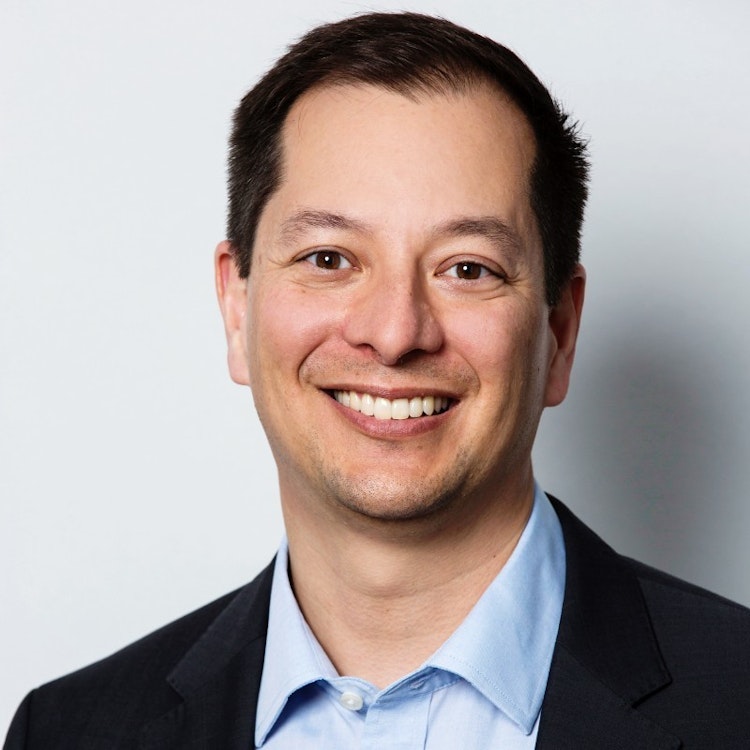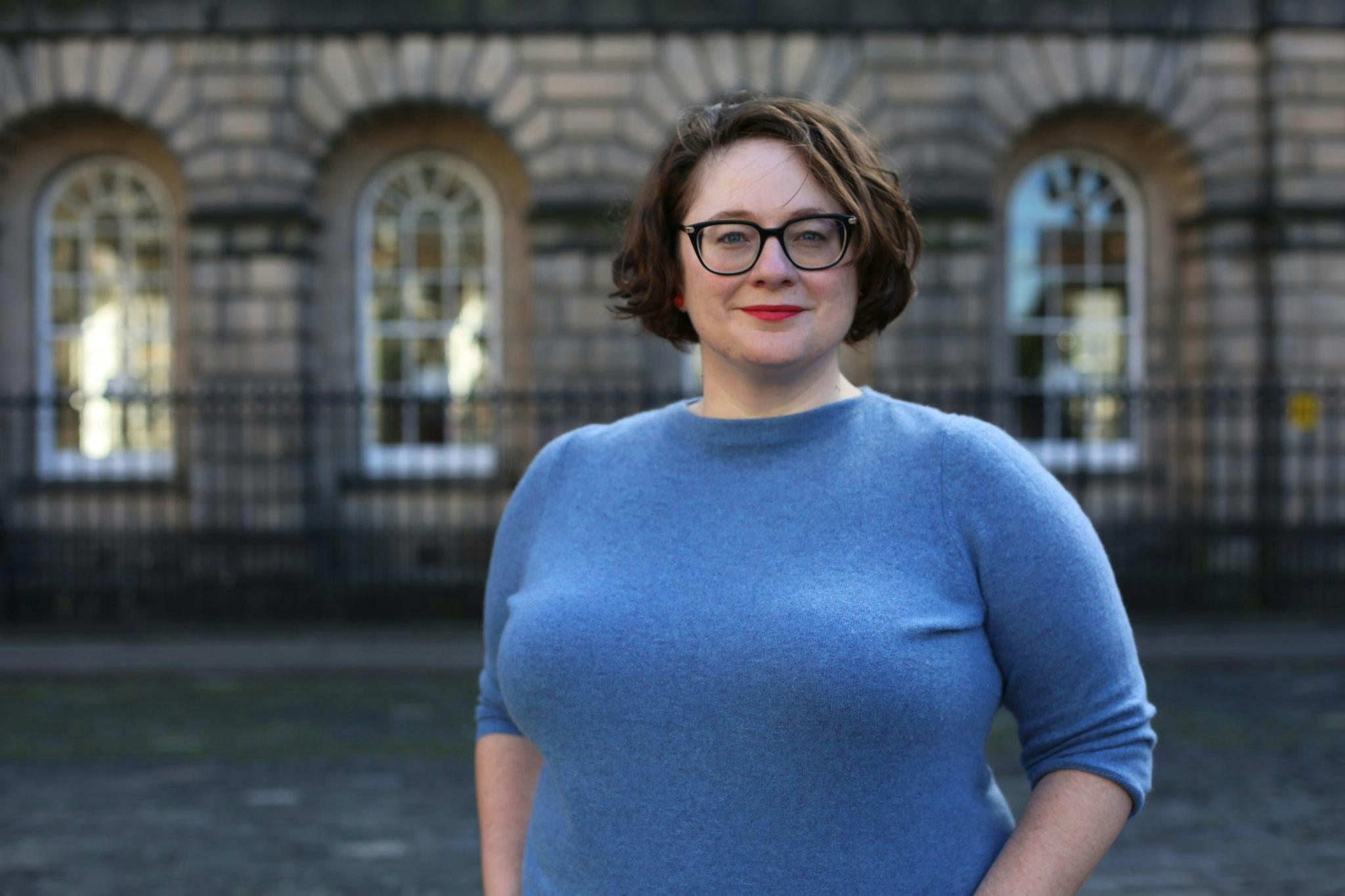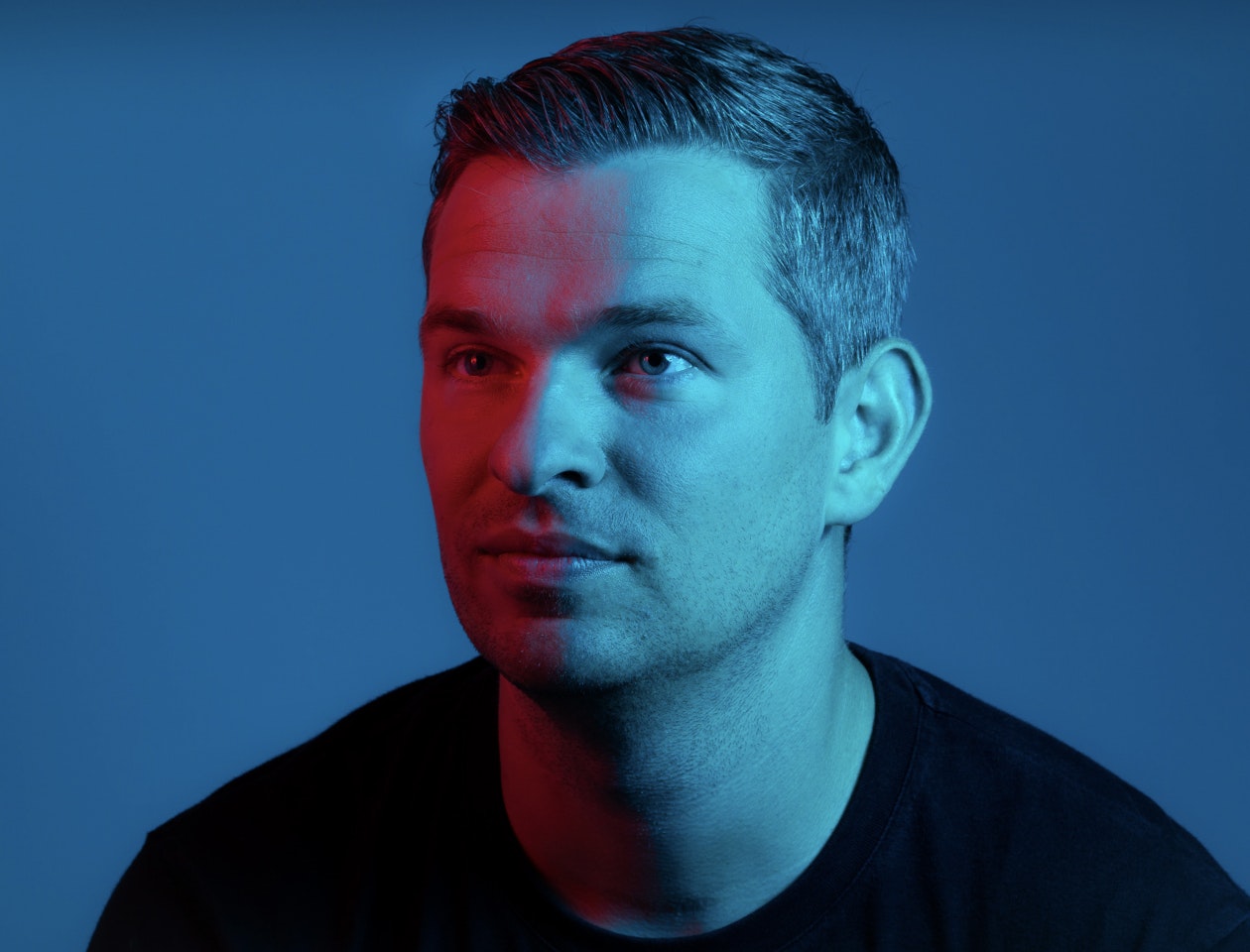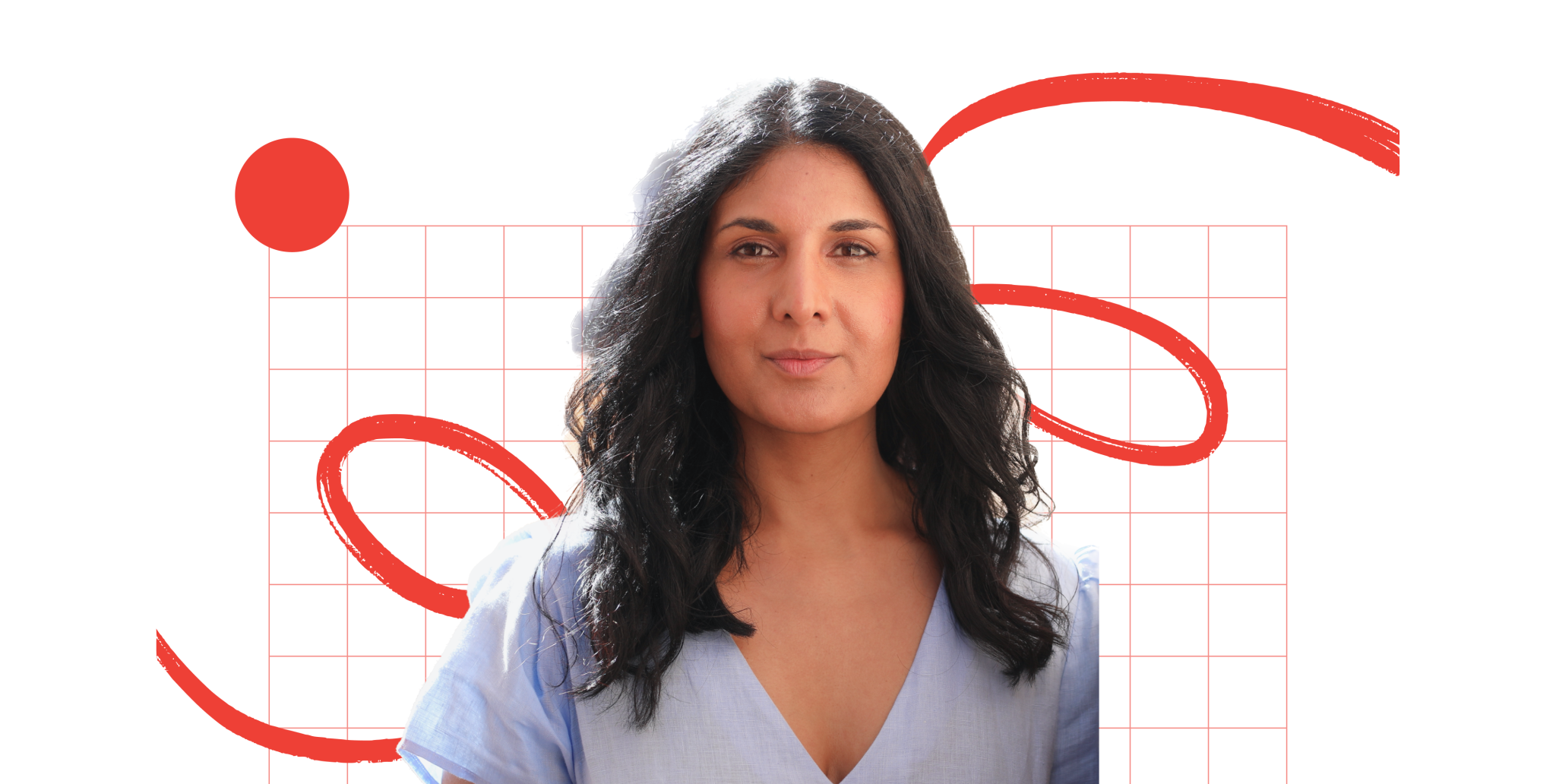As many startup founders will know, having a great idea isn’t the same thing as knowing how to scale it into a world-dominating business.
Enter, the executive coach.
A fixture of corporate life, executive coaches have become increasingly popular among startup founders looking to improve leadership skills and develop clear pathways for business success.
And it appears to work. One survey by the UPS Store found that small business owners who receive coaching have twice the five-year survival rate of those who don’t receive coaching. Another by the International Coach Federation found that founders working with business coaches grew net income by 46% on average.
Some startups have even gone as far as to hire full-time coaches — Australian design platform Canva, for example, has seven on staff.
Tech giant Microsoft offers 12 months of coaching as part of its Entrepreneurship for Positive Impact initiative, which works with startups and positive impact entrepreneurs that can increase their impact through the adoption of AI. In working with social enterprises, Microsoft realised entrepreneurs could benefit from executive coaching but rarely got the opportunity. They also realised that many entrepreneurs lacked business support to help them grow. They put these two needs together and put Microsoft leaders with the entrepreneurs.
Sifted spoke to three startups that took part — and their coaches — to learn more about the lessons from this collaboration on what drives success.
1/ Identify the business problem
Before starting the coaching journey, it’s crucial to pinpoint the problems that are going to be brought to the table.
“The biggest issue for us was how do we get to the next level,” says John Sargent, cofounder of US healthtech startup Vantage Health, who worked with a Microsoft coach this year. “The feeling was we’d had a lot of great growth, but we’d plateaued in the African market. We were also looking to break through in the US market.”
Sargent and his coach, Microsoft partner group programme manager Adrian Maziak, used a framework called ‘business process mapping’ to come up with potential solutions. The technique involves creating a flowchart to visualise different activities, processes and information flows within a business, providing a big-picture view that can reveal new paths forward.
“It forced us to rethink what we were trying to do,” says Sargent.
2/ Build a connection
A get-to-know-you call was first on the agenda for Nitin Gachhayat, cofounder of Indian non-profit Drishtee, and his Microsoft coach.
He estimates that he and Rekha Talluri, chief financial officer of Microsoft India, spent two hours sharing not only their professional backgrounds, but details of their lives outside of work, too. It might sound like a lot, but Gachhayat says it was worth the time investment.
The relationship was successful because we came in as equals and we would be excited to reconnect
“We talked about everything from family to experience,” he says. “This programme started by understanding each other, and that was a good thing. With that first call, we were able to build a personal rapport.”
The benefit of doing this is two-fold: coaches and coachees can build the mutual trust needed to dig into intimate business problems, while also encouraging each party to personally invest in the other’s success.
Microsoft’s Maziak, who coached Sargent, says this is a critical component of coaching.
“The relationship [with Sargent] was successful because we came in as equals and we would be excited to reconnect,” he says. “We ultimately ended up building a friendship.”
3/ Get the team involved
Depending on the specific challenges the coaching sessions focus on, founders may find they can maximise their coach’s time by getting other team members involved.
In fact, this is one thing Vantage’s Sargent wishes he had approached differently.
“We would have benefitted if I had roped in key members of the executive team as well,” he reflects, adding that the business process mapping task “should have been shared more widely”, particularly when it came to conversations about integrating generative AI into the product offering.
Drishtee, on the other hand, was quick to get team members involved, with the company’s head of HR working directly with Talluri to produce frameworks for career progression and employee retention.
“For me, it’s not about just working with the entrepreneur, but the entrepreneur plus their team,” says Talluri. “At the end of the day, they are the ones who are the feet on the street and implementing [these solutions].”
4/ Leverage your coach’s network
Coaches don’t just have years of business expertise to draw on — they will also have a whole network they have built up during their careers, too.
The magic word is connect
“The magic word is connect,” says Ronald Morales, the head of data at Colombia-based social enterprise Fundación Capital. Morales says that while his Microsoft coach Jose Marti’s expertise was in finance, he was also able to leverage his wide range of contacts within Microsoft to help solve problems that would benefit from input from different Microsoft departments.
For example, to help support different Fundación Capital offices across the world, Marti was able to provide connections to Microsoft country managers in Colombia, Mexico and Mozambique, despite being based in London himself.
“My role was to introduce them to a number of engineers and a scientist to help them develop new solutions,” says Marti, who is a senior director global in Microsoft’s treasury and financial services department. He adds that he was able to leverage Microsoft resources to design a data warehouse and machine learning models for the company.
5/ Track your progress — and measure the impact
To see if coaching is producing the desired results, it’s essential to track the progress of the different initiatives that are being worked on.
This doesn’t need to be complicated or time-consuming. Morales says that Fundación Capital uses a variety of channels — from WhatsApp to spreadsheets — to keep track of different projects.
Sargent says Vantage came up with SMART (specific, measurable, achievable, relevant and timely) objectives tied to each task, as well as having fortnightly meetings with Maziak to ensure projects were moving forward.
Sometimes, the question will simply be: did this get done? Talluri says this was the case for many of the tasks she was working on with Drishtee.
“For each of the problem statements, there was an end state that we were able to provide direction towards,” she says.




